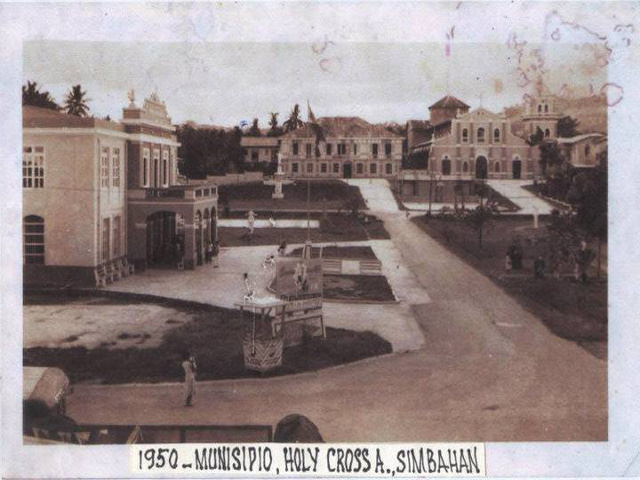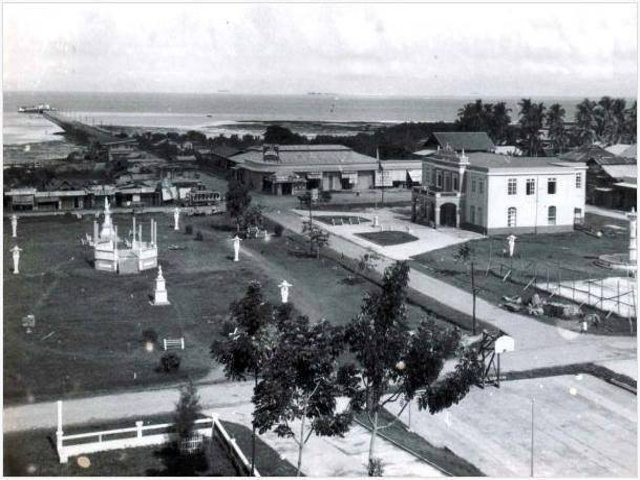At the beginning, the recorded existence of the town of Tubigon dated as far back as the early part of 17th century. The early settlers came and settled along the banks of a river that traversed the community. No written records would show their origin, but it can be surmised that they were the descendants of the early Malays from the countries of Southeast Asia who immigrated to the Philippines in small bancas "Barangay".
They organized themselves into a political unit under a headman called "Cato" now termed as the barangay captain. Because the community was always submerged in water when the traversing river overflows its banks during the rainy seasons, the settlers called the place "Tubigan" designating a place having water. Later this was changed to "Tubigon" meaning a place bounding in water.
The organization of the settlers into a community took initial steps somewhere in 1816 under a recognized headman, Yguiz Hutora, who was later succeeded by Teniente Mijares. An improvised chapel was built on an elevated site of the settlement. Having without a priest, the religious needs of the community were attended to by the Spanish friars from the neighboring town of Calape. A parish coadjutor from this town came to Tubigon for baptism of children as well as to say Mass regularly on Sundays.
Improvements in the community began to emerge in a span of two years. In 1818, the people constructed a temporary tribunal about 150 meters from the village chapel under the leadership of Teniente Mijares, the new village headman.
A year after Teniente Mijares administration, the community was formally organized into a town in 1819 by authority of Governor Wilkan, the Spanish Governor of Cebu. Credits for the achievements went to Teniente Matong, the next village headman, who untiringly work to get the governor's approval. Successfully, he persuaded the governor to come and proclaim Tubigon a new town independent of the town of Calape. "El Pueblo de Tubigon" was the official seal inscribed.
Consequently, as a reward for his efforts, Teniente Matong became the town's first governadorcillo with "Captain" as the title. The town gradually developed in the years that followed. A cemetery was established in 1820. A church tower was constructed under the leadership of Captain Abong, Capitan Mijares' successor. Under the
leadership of Don Benedicto Barvana, a stone church, a convent and a town tribunal were simultaneously constructed.
From 1852, the authorities started to fix the boundaries of the political unit. On March 8th of the year, the Sitio of Bakani was made the boundary between Tubigon and Inabanga. In 1856, the boundary with Calape was fixed at Barangay Mandaug.
On June 19, 1865, the boundary between Tubigon and Catig-bian was the Sampilangon River. On September 14, 1913, the boundary with the town of Antequera was fixed with Sitio Tubod; and finally, on January 12, 1919, by the virtue of the proclaimation of Governor Yeater creating the new town of Clarin, Tubigon lost five barangays and set the boundary at barrio Macaas.
From its humble beginnings Tubigon has now develop into a progressive
community.



